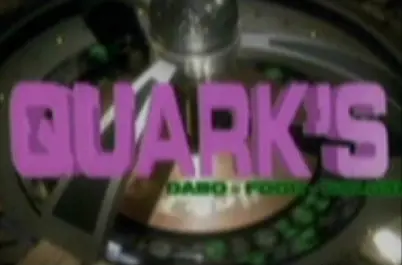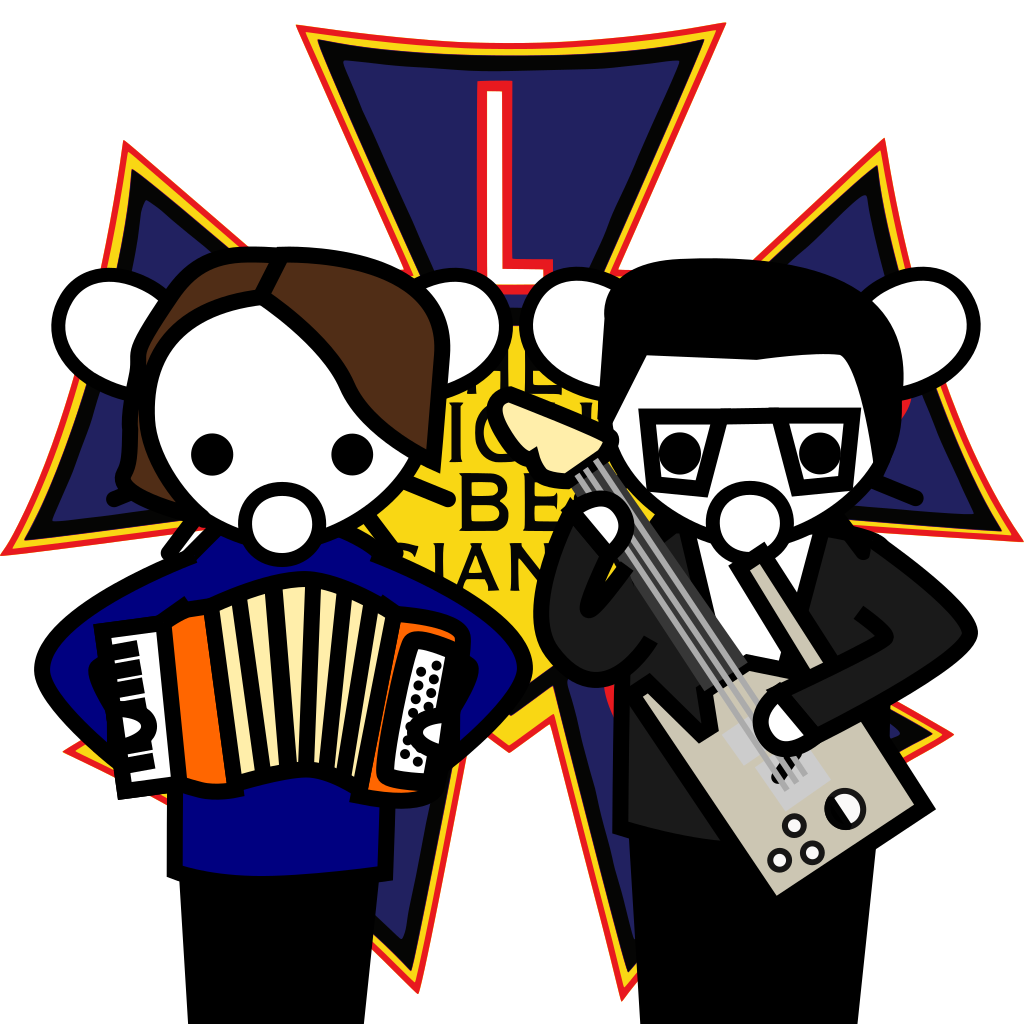I don’t know about that.
While Kai Winn is really fun to hate and has a repulsive personality, on an objective level, she’s better than Dukat. All Kai Winn has to her name is 1 murder (maybe 1.5 if we count her making Bareil meaninglessly sacrifice himself), a failed assassination, some back alley political deals, and a school bombing that killed no one, which, while all horrible, is relatively tame compared to killing millions, sexually assaulting dozens, and running a suicide cult.
Also, while I wouldn’t call Kai Winn humble, she’s much less narcissistic than Dukat. She seems to express a genuine sense of insecurity throughout the series that, while not altruistic, is not expressed (though certainly felt internally) by Dukat. Winn is like, “Why am I not enough for power?” while Dukat is like “I deserve power and someone is cheating me of it.”
Also, when she kills Solbor, she seems to feel a genuine remorse, while Dukat tends to justify his murders.













“IIIIIIIIIIIIIIIII’LL TAKE YOU HOOOOOOEEEEEM AAAAAAAAAAAGAAAAAAAAAAAAAAAAAAAAAAAIN, KATHLEEN!”